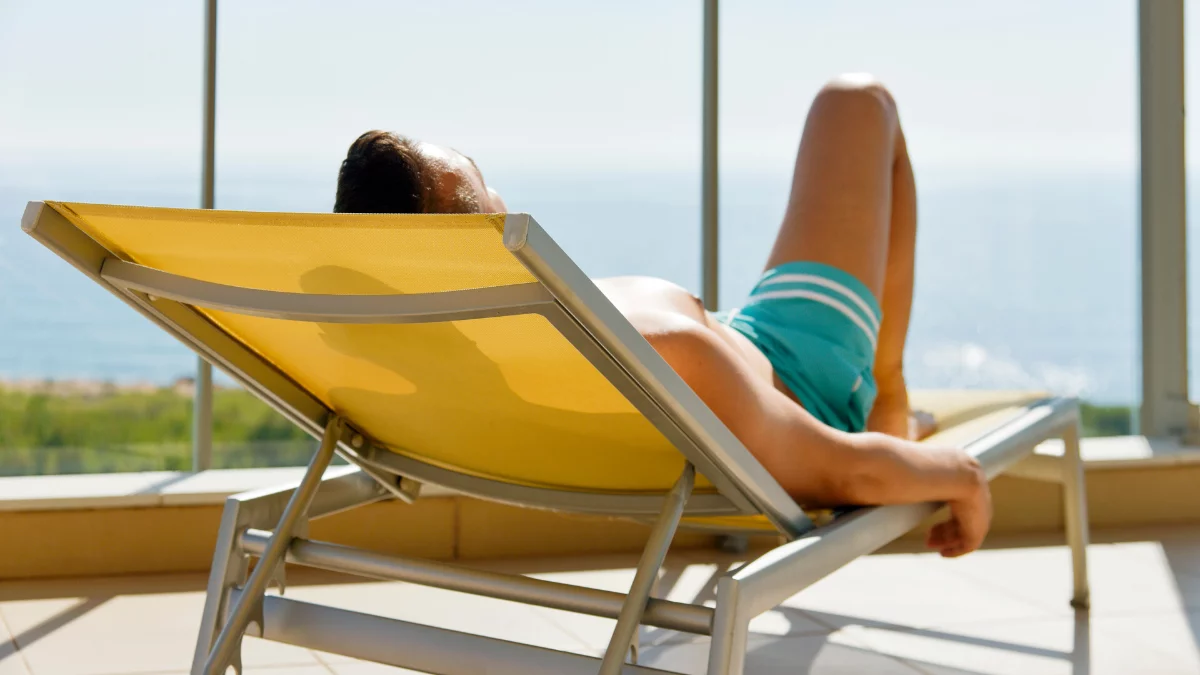
Most of us have been cooped up indoors a lot the past few months, and it’s only natural to want to spend more time outside as the weather gets warmer. As we enter the summer, it’s okay to enjoy activities like outdoor hikes and trips to the beach as long as you continue following pandemic-related safety recommendations such as hygiene and social distancing. However, if you’re going to be spending a significant part of the day outside, it’s also important to take precautions to protect yourself from the sun.
We all know sunburns are no fun, but direct exposure to UV rays can have a variety of long-term effects that vary in severity from wrinkles to skin cancer. Here are some simple tips to help you avoid sun damage and its harmful effects this summer.
Wear Sunscreen
If you’re going to be spending a day outdoors – even if it’s cloudy – sunscreen is absolutely essential! The American Academy of Dermatology recommends using a sunscreen that is water-resistant, has an SPF (sun protection factor) of at least 30, and offers broad-spectrum protection against both UVA and UVB rays. At least 15 minutes before going out, apply lotion to all parts of your skin that will not be covered by clothing and have someone help you to make sure you don’t miss any spots. While outside, you should reapply sunscreen every two hours or so (more frequently if swimming or sweating).
Cover Up
Limiting the amount of exposed skin is one of the surest ways to avoid sunburn. When practical, wear sleeves and long pants to protect your limbs and a wide-brimmed hat to protect your face and neck (and the top of your head, if you happen to be follicly challenged). If you’re going to the beach, it’s a good idea to pack an umbrella so you can escape into the shade throughout the day. Darkly colored clothing offers better sun protection than lighter shades, and UPF clothing has qualities that specifically protect against UV rays.
Protect Your Face
We all know the classic image of the tourist with a smear of zinc oxide over their nose – they’ve got the right idea! Make doubly sure to wear and reapply sunscreen on your face. Keep in mind that your lips can also burn and dry out, so it’s a good idea to pack protective lip balm for your next day outdoors. Sunglasses are critical to protecting your eyes. Make sure to get a pair that is specifically labeled as blocking 99% of the sun’s UV rays.
Avoid the Midday Sun
Harmful UV rays are most prevalent when the sun is highest in the sky, from around 10:00 AM to 4:00 PM, particularly during spring and summer. This makes it doubly important to limit your exposure during the middle of the day. One good way to measure the sun’s strength is to check your shadow – if it’s shorter than you are, you might want to find shade.
Did We Mention Sunscreen?
Has it been two hours? Time to re-apply!


